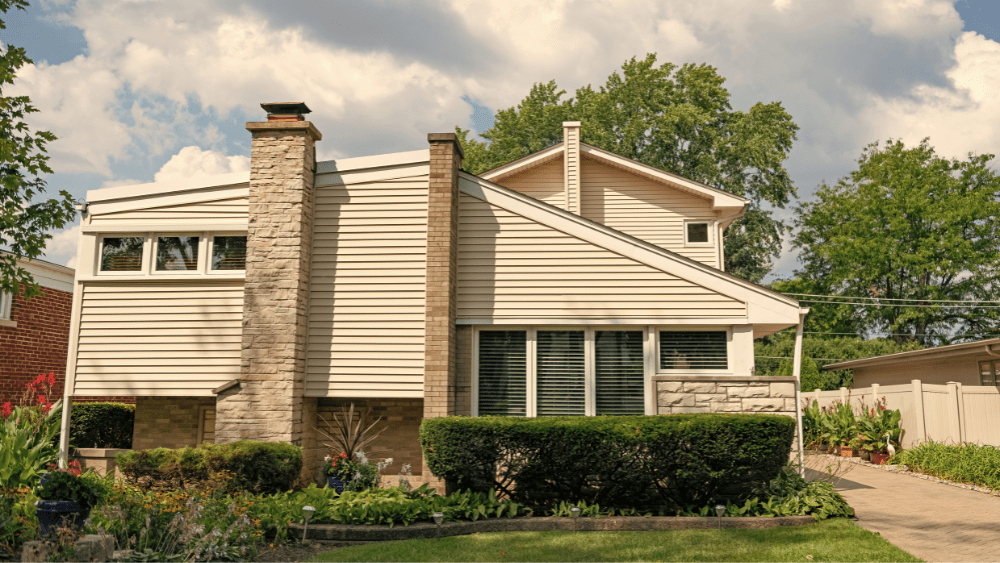
Now that you have a purchase offer in hand, you’re in the home stretch, so to speak, of selling your house — but don’t sign the paperwork or pop the champagne just yet. An offer to purchase real estate, also called a real estate purchase contract or a residential purchase agreement, is a legal agreement that identifies the seller(s) and the buyer(s), but it stipulates much more than just the final price. There’s a lot to review, but our real estate experts have helped break down the most common areas where real estate purchase offers can go awry and what to read closely before you sign. A real estate purchase offer typically includes the following items: Here’s a sample form, but these documents can vary depending on the type of property and where you live. The purchase agreement for a new construction residential purchase is different from one for a manufactured home purchase. Or if you’re buying property that’s in probate, your state might require additional paperwork. You want to make sure that the purchase price listed is what you’ve agreed upon with the buyer, but you also want to know the conditions of payment. Some purchase contracts offer several variables, such as: The buyer’s agent will fill out the appropriate field depending on how their client is able to pay. Another important aspect to check for is the down payment percentage. Depending on your location, loans for certain types of properties or from specific lenders may require a minimum down payment, and if the buyer can’t come up with the funds, then you’ll have to start the process of marketing your house all over again. For instance, in the Chicago area, some houses have small apartments within them similar to in-law suites, making the house a two-unit building, according to Santiago Valdez, a Chicago, Illinois, agent with 21 years of experience. A buyer with a loan for a single-family house might put down 5% for the purchase, as that type of loan requires, but the property is technically a two-unit building and requires a 15% down payment. “Sellers, a lot of times, may not be paying much attention to that,” Valdez says. “The buyer and seller may engage and go through the whole routine, only to get out of the contract within two weeks.”Do you have the correct purchase offer form in front of you?
How does the buyer plan to pay?
Does the buyer meet the minimum down payment requirement for their mortgage?



